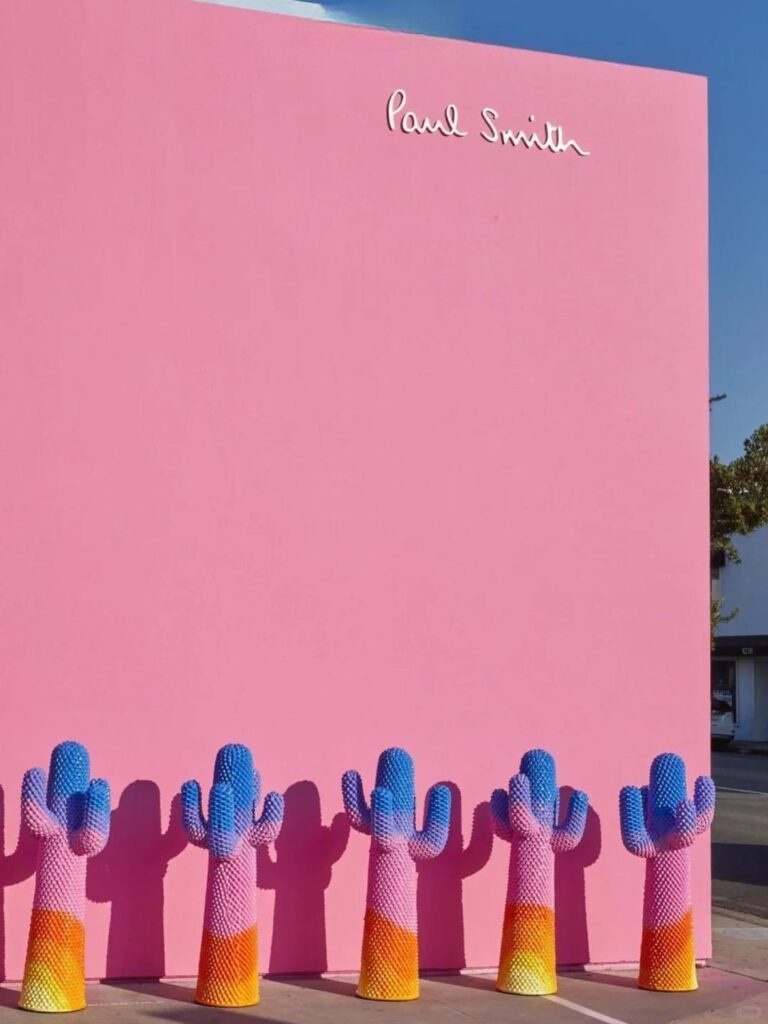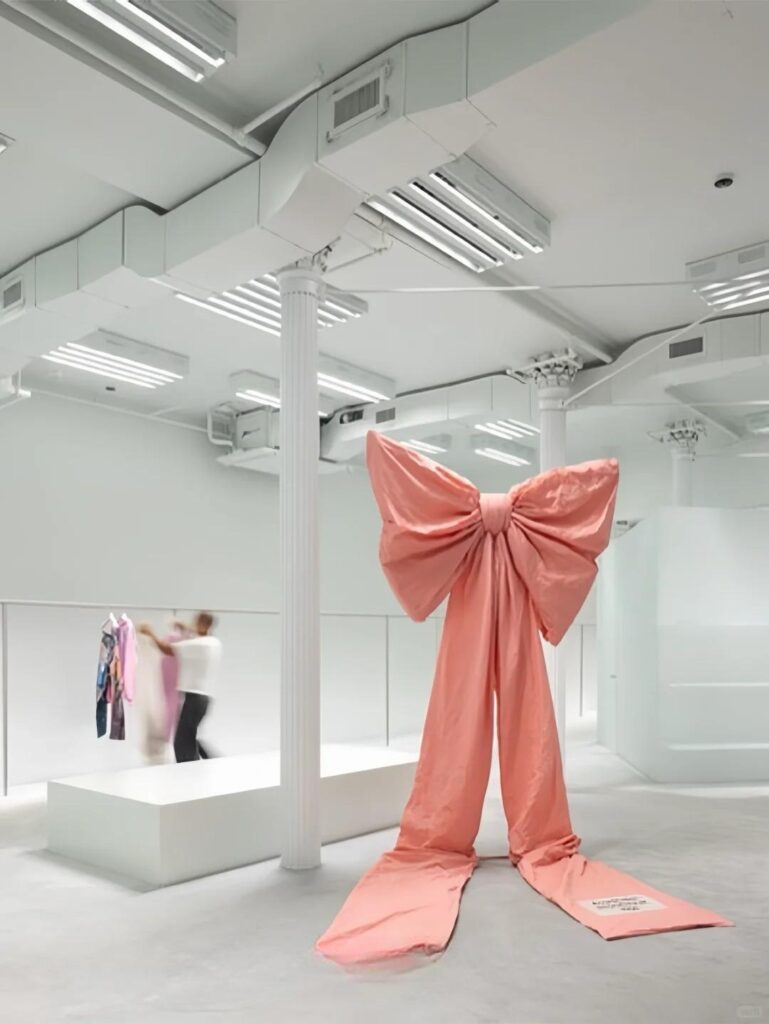Is Sustainability in Retail Displays Worth the Extra Cost?

A Cost-Benefit Analysis for Eco-Friendly POP Displays
By Yan Luo | Samtop Display
Table of Contents
Sustainable retail displays cost benefit is one of the hottest debates in 2025. While eco-friendly POP displays may cost more upfront, the long-term ROI—from brand trust to compliance savings—makes them a smart investment.”
At Samtop, we help brands transition to sustainable display solutions that elevate their retail presence while meeting environmental goals and delivering ROI.

Many brands hesitate to switch to sustainable display materials due to the perception of higher costs.
But this short-term view overlooks the long-term value: better brand equity, loyal eco-conscious customers, and future-proof compliance with evolving global regulations.
In this post, we break down a clear cost-benefit analysis of eco-friendly displays, helping you determine whether it’s worth the investment in 2025 (spoiler: it is).
🌍 Understanding the Costs of Sustainable POP Displays
1. 💸 Initial Costs of Eco Materials
While sustainable materials like bamboo, rPET, or mycelium can be pricier than traditional PVC or foam board, the initial investment includes:
- Higher raw material costs (especially certified or bio-based options)
- Production process adaptation for new materials
- Custom tooling and logistics considerations
Tip: Cost-per-unit drops significantly over time with bulk orders and long-term partnerships with green-certified suppliers.
2. ✅ Long-Term Benefits That Justify the Price
✔️ Brand Image & Trust
- 77% of Gen Z shoppers say sustainability impacts purchase decisions.
- Sustainable displays signal authenticity, transparency, and purpose.
Example: Displays using FSC-certified wood or recycled plastics reinforce a green image at the point of sale.
✔️ Increased Sales & Customer Loyalty
- Sustainable branding attracts eco-conscious consumers.
- Repeat purchases are driven by alignment in values, not just product quality.
Fact: 66% of global consumers are willing to pay more for sustainable brands (Nielsen).
✔️ Compliance with Global Policies
- Governments are banning single-use plastics, imposing ESG regulations, and incentivizing low-waste production.
- Brands using biodegradable or recycled materials are future-proofed.
Tip: Displays made with rPET, biodegradable resins, or upcycled materials reduce legal risk and enhance market eligibility.
3. 📈 Case Studies: ROI in Action
🛒 IKEA
- Materials used: rPET + FSC wood
- Initial cost: +12%
- Result: +18% lift in brand perception among eco-aware consumers; featured in sustainability rankings globally.
🥤 Coca-Cola
- Shifted to: 100% rPET promotional displays
- Result: 20% cost reduction over 3 years due to recycled supply chains; boosted sustainability trust in Gen Z markets.
📊 Sustainable Retail Displays Cost Benefit Lifecycle Comparison
| Criteria | Traditional Displays | Sustainable Displays |
|---|---|---|
| Initial Cost | Low | Higher |
| Disposal/Waste Cost | High | Low/None |
| Consumer Appeal | Limited | High |
| Compliance Risk | Moderate to High | Low |
| Reuse/Recycle Capability | Low | High |
| Long-Term ROI | Medium | High |
Conclusion: While traditional displays save in the short term, sustainable options pay off in long-term cost avoidance, brand gains, and compliance readiness.
🧮 How to Measure ROI on Sustainable Displays
Use a Lifecycle Cost Analysis (LCCA) including:
- Upfront material cost
- Production/transport adjustments
- Brand equity lift (via surveys or NPS)
- Disposal savings
- Sales impact (pre/post sustainability campaigns)
Tip: Request a pre-ROI simulation from your supplier—many offer ROI forecasting models for eco transitions.
💬 FAQ
Q: Are eco-friendly displays really more expensive?
✅ Yes, initially. But they offer significant ROI through brand enhancement, regulatory compliance, and reduced long-term costs.
Q: Is sustainability worth it for temporary or seasonal campaigns?
✅ Definitely. Short-term displays using recycled cardboard or biodegradable plastics are low-cost and high-impact for brand perception.
Q: Which sustainable materials offer the best cost-performance ratio?
✅ rPET, recycled cardboard, and FSC-certified wood offer a balance of affordability, durability, and eco-performance.
Q: Will switching to sustainable displays improve customer retention?
✅ Yes! Sustainability is a key driver for loyalty, especially among Millennials and Gen Z consumers.
✅ Final Takeaway: Investing in the Future of Retail
✔️ Sustainable retail displays may come with higher upfront costs—but they deliver where it matters: ROI, brand love, and future-proofing.
✔️ Whether you’re launching a flagship display or a short-term promotion, making eco-conscious material choices is now a strategic business move—not just a trend.
Ultimately, the sustainable retail displays cost benefit is clear: slightly higher upfront investment, but far greater ROI through compliance, consumer trust, and reduced waste costs. UN Sustainable Development Goals
📩 Ready to Talk Sustainable Retail Displays?
At Samtop, we:
- Design and produce high-ROI sustainable POP displays
- Help you meet your environmental targets with cost-effective strategies
- Provide lifecycle analysis and ROI forecasting
📧 Email: yan@samtop.com
🌍 Website: www.samtop.com